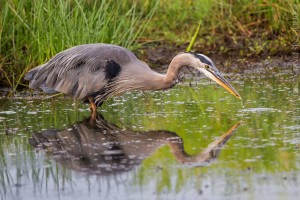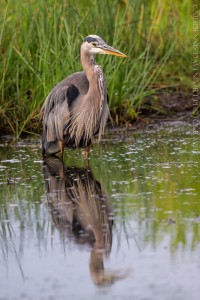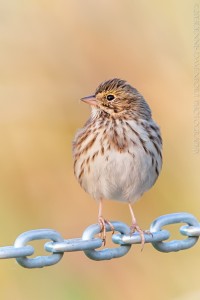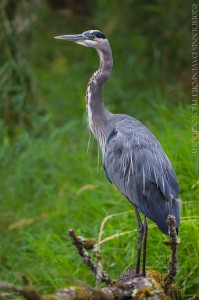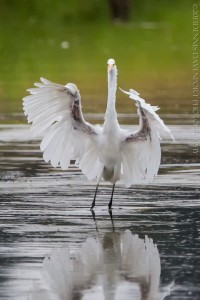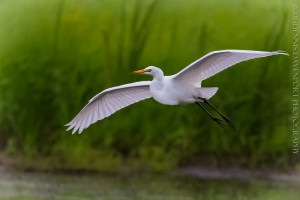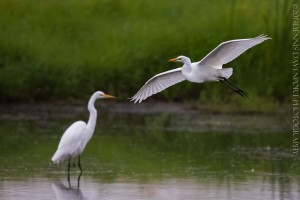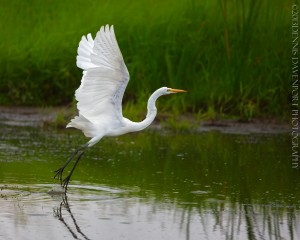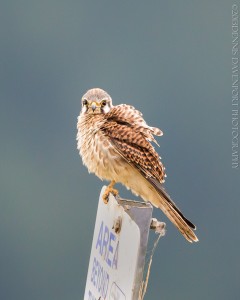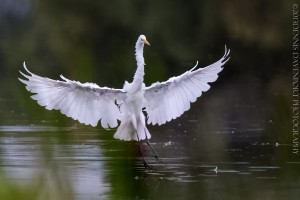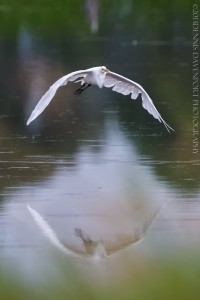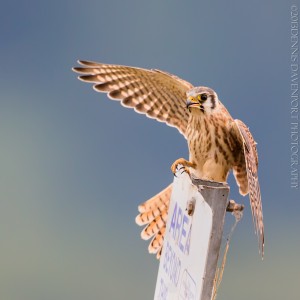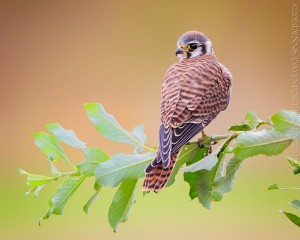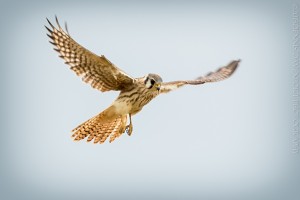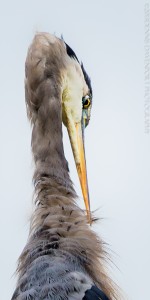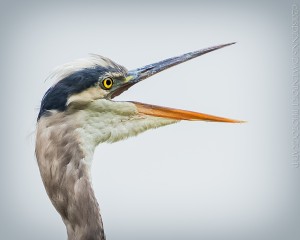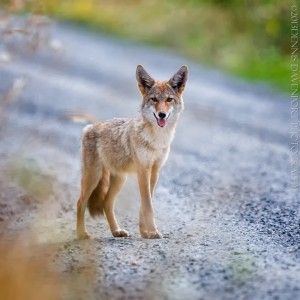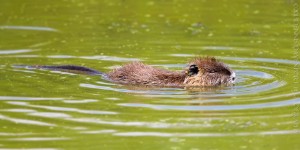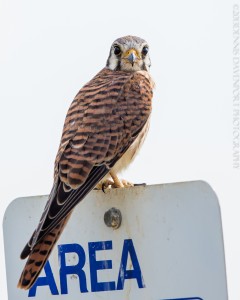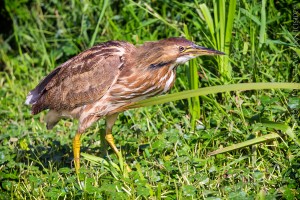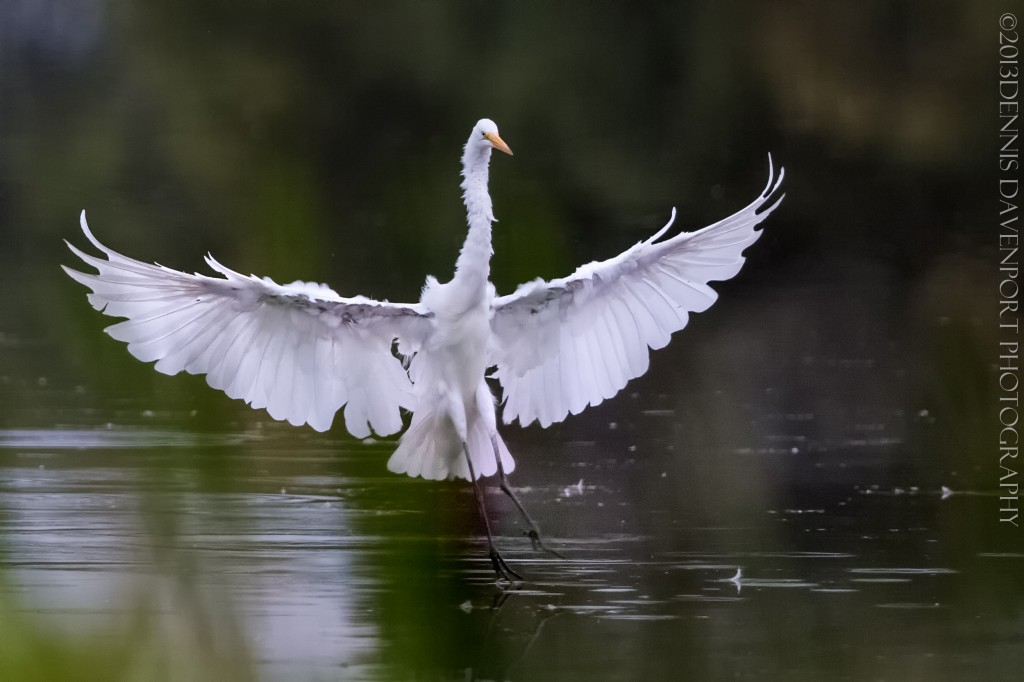Hi all! Back with some shots of my Aug. 23 trip to the Ridgefield NWR. I’ve added a new Canon 500mm f/4 lens to my gear. Today’s shoot uses it with and without the 1.4x extender attached. August is probably the least active time of the year for wildlife in general. I hung around the refuge for about 9 hours and took about 850 frames. Most of the frames were just multiple shots of the same bird/animal–not a great variety of species–so I picked what I thought were the best or at least interesting. As fall approaches, I’ll start getting more photo opportunities to choose from at the refuge.
So in the photos below, expect some decent ones and some maybe not so decent. As is usual for me when I get a new lens or camera body, there is what I refer to as “seat time,” where I need to get used to shooting with the new equipment. This lens weighs 7 pounds compared to the 3 pounds of my 400mm f5.6, so needless to say, it is a whole new ballgame shooting with it–but what a pleasure it is! And I’m quite pleased with the way it performs even with the 1.4x attached, giving me 700mm. I look forward to improving my shots as I learn to use this beast.
[Please click once on the thumbnails for a large, more detailed, view of the images. Thanks!]
Lots of Great Blue Herons at the refuge today and here’s one attempting to find breakfast. 500mm, 1/1000, f4, ISO 1250 (7:01 a.m.)
Same bird and settings.
A Savannah Sparrow lights on a chain in early morning light. 500mm, 1/1000, f4, ISO 1250 (7:07 a.m.)
Trying out the new lens today, I took photos of everything, including this stationary Blue Heron. 500mm, 1/400, f4, ISO 1250 (7:35)
As I came around the corner at marker #11, I noticed about a dozen Great Egrets all along South Rest Lake. I approached very slowly and got as close as I thought I could without flushing them. A couple of birds decided to fly from the far end of the lake toward me. This shot isn’t technically very good but I loved the pose of the bird as it touched down in the shallow water. Taken at an approximate distance of 150 feet. 500mm, 1/1250, f4, ISO 2000. (7:47)
A second bird comes in for a landing at my end of the lake. 500mm, 1/1250, f4, ISO 2000. (7:47)
Same bird as above but a split second earlier. 500mm, 1/1250, f4, ISO 2000. (7:47)
After a couple of minutes, the birds started getting antsy and began to fly off. Here’s one at liftoff. 500mm, 1/1250, f4, ISO 2000. (7:49)
After the egrets, I drove down to marker #12 and noticed a young female American Kestrel on one of the road signs. She let me get relatively close, maybe 50 feet. Here are a couple of shots. 500mm, 1/1250, f4, ISO 2500. (8:01)
I liked the look in the eyes on this one. 500mm, 1/1250, f4, ISO 2500. (8:06)
I’m now on the east side of the main Rest Lake. The egrets had flown over to this area from the south end. I put on my 1.4x extender and tried to shoot through the long grass between the road and the lake. I estimate this shot to be at a distance of between 180-210 feet. While not super sharp, it’s got some decent details and a great pose. 700mm, 1/1250, f5.6, ISO 1000. (8:17)
And another one from at least 200 feet out. 700mm, 1/1250, f5.6, ISO 1000. (8:18)
The Northern Harriers were out in force today although they tended to stay down on the ground in the fields as opposed to their low level flight hunting style. I observed them walking in the fields, sometimes with their wings half-way stretched out like a stealth bomber. All of a sudden they would pounce. Below is a shot of this pouncing behavior from at least 150 feet away. 700mm, 1/1250, f5.6, ISO 1000. (8:28)
Here’s a Mallard in the duck weed. 700mm, 1/1250, f5.6, ISO 1250. (8:49)
As I drive by marker #10, I noticed a raptor perched on one of the far inland trees. Checking with binoculars, it’s the juvenile Peregrine Falcon I had heard about from the volunteers at the refuge. I drove around the corner and stopped a few hundred feet before marker #11. Measuring the distance (using Google earth) to the perched falcon from the road I come up with 340 feet. The bird decided to take flight and I captured it as it happened. While not tack sharp, I was quite pleased with the detail in this image of a relatively small raptor from 340 feet. 700mm, 1/1250, f5.6, ISO 1250. (9:09)
I returned to marker #12 where I again spot the female Kestrel on its favorite road sign. In this first shot, it had just caught a grasshopper or some other kind of insect and is chowing down. 700mm, 1/640, f5.6, ISO 1250. (9:24) Using 1/640 shutter speed is a little slow for these fast movers.
This is the bird flying back to the sign after picking up a twig or something of that sort. This one’s a bit sharper at 1/1250. 700mm, 1/1250, f5.6, ISO 2000. (9:26)
The Kestrel then flew away from the road and landed on a natural perch about 150 feet away. This is technically my best shot of the day, at 700mm and 150 feet. Once I get settled in with the new lens, I’m hoping to get more shots of this quality. 700mm, 1/800, f5.6, ISO 2000. (9:31)
Another shot of the Norther Harrier poking around in the fields from a long distance. 700mm, 1/1250, f5.6, ISO 2500. (9:35)
I’m back to the area where the Kestrel is hanging out. This time she goes into hover mode. I had good light and pose here but a little soft on focus. 700mm, 1/1000, f5.6, ISO 2000. (10:37)
Many of the Great Blue Herons I spotted today were up in trees. This one was on a snag I’m guessing about 80 feet away and 20 feet up. It was there for hours (I didn’t watch it for that long!). Here are some shots using the 700mm set up. Again, I’m really pleased with the sharpness this new lens is capable of. 700mm, 1/500, f5.6, ISO 1250. (11:22)
700mm, 1/500, f5.6, ISO 1250. (11:22)
700mm, 1/500, f5.6, ISO 1250. (11:23)
A Mourning Dove posing for me from about 50 feet. 700mm, 1/1000, f5.6, ISO 2000. (12:12)
I’m between markers #11 & 12 now and I see the cutest little coyote on the road. This guy doesn’t know it but he’s one of probably a few lucky ones to be walking the refuge. Refuge managers have decided that the Columbian White-tailed Deer population is more important than the coyotes, prompting them to shoot at least 13 of the coyotes over the last few weeks. Apparently, the coyotes are doing a number on the fawns born to the deer that were recently trans-located to the refuge from another refuge just north of Ridgefield. While I don’t like the vision of a fawn being torn to shreds, I also don’t like the idea of coyotes being murdered by humans in a place where wildlife is supposed to roam free. What ever happened to survival of the fittest? 500mm, 1/3200, f4, ISO 500. (1:11 p.m.)
I kind of wish I wouldn’t have taken off the 1.4x extender for that last shot. The following shot might have been better, too, as the distance was too far even for a 500mm lens. An Osprey carrying lunch. 500mm, 1/2000, f4, ISO 500. (1:29)
Here’s a 50 foot shot of a Nutria youngster that appears to be taking a nap. 500mm, 1/2000, f4, ISO 500. (2:00)
The beautiful eyes of the American Kestrel on a sign past marker #13. 500mm, 1/3200, f4, ISO 800. (3:04)
And the final shot of the day, the American Bittern, from 65 feet. 500mm, 1/3200, f4, ISO 800. (3:45)
I hope you enjoyed a few of these first shots using my new glass. I can’t wait to go back and give it another try! Take care and we’ll see you next time!
